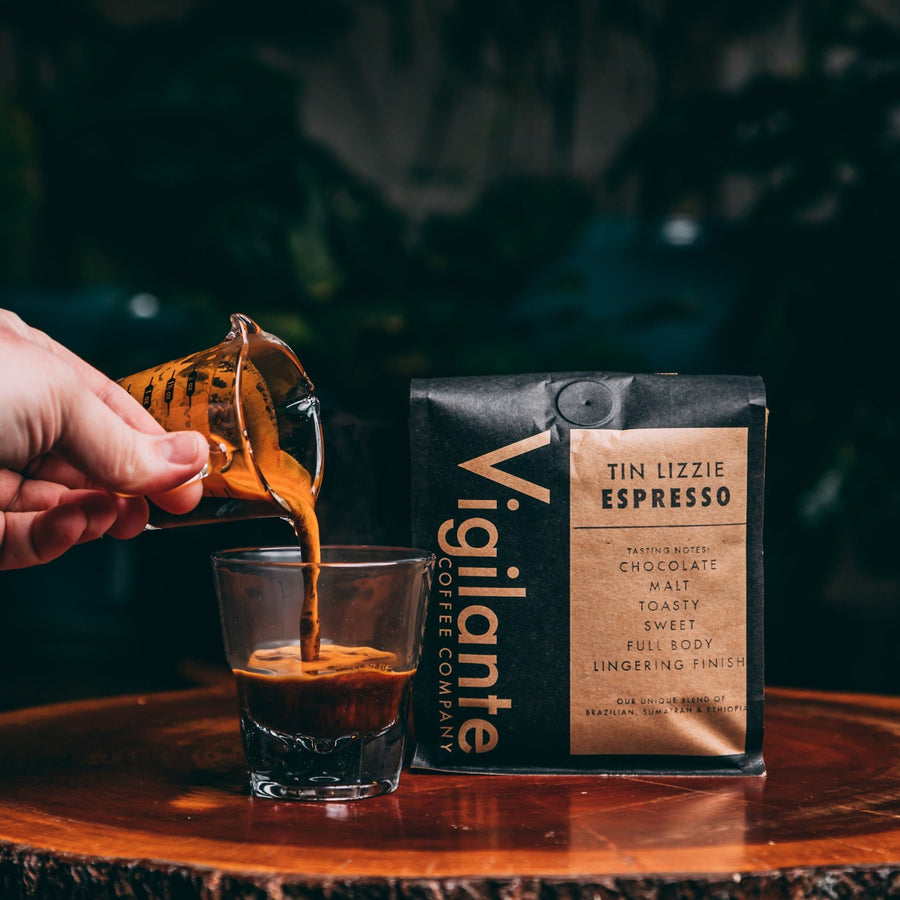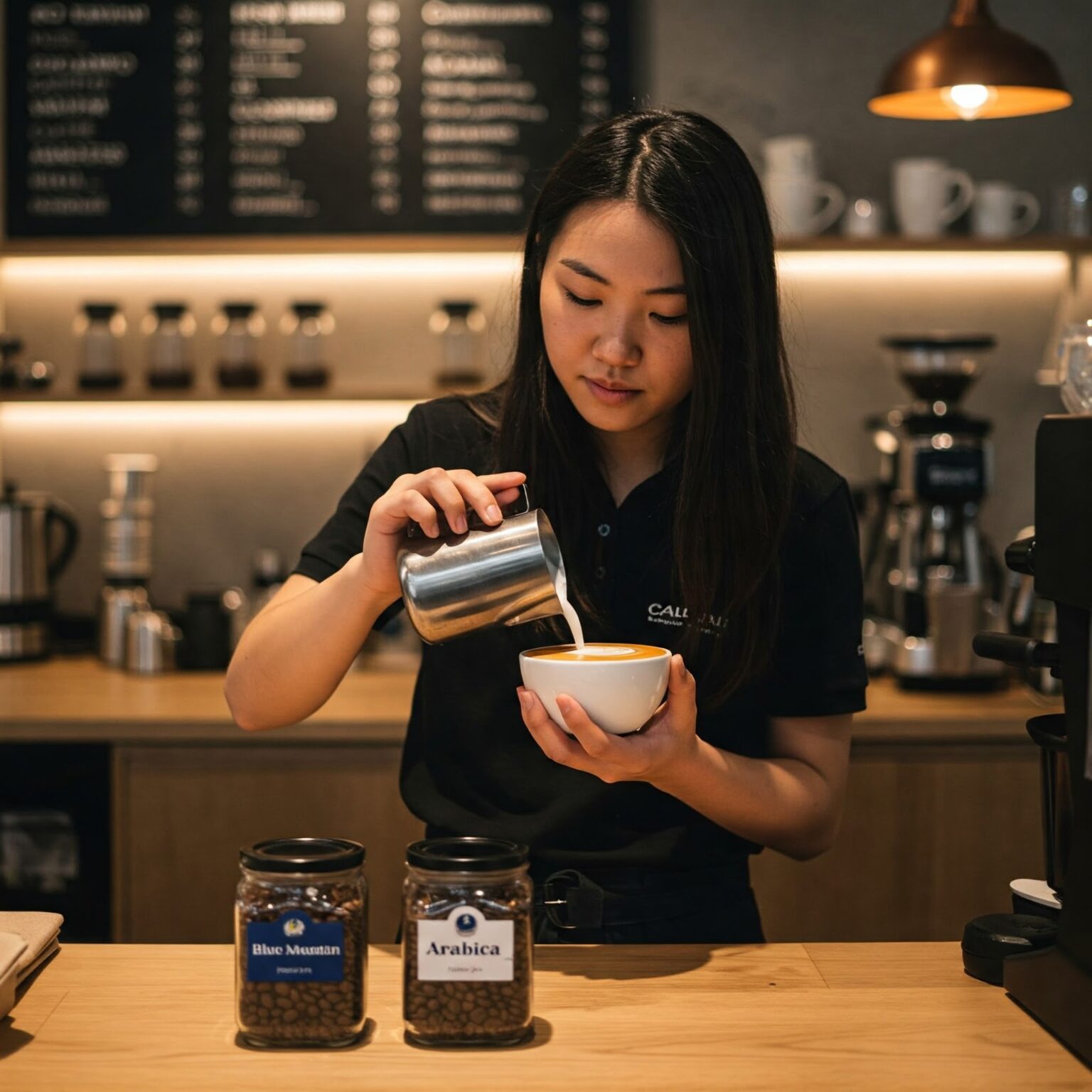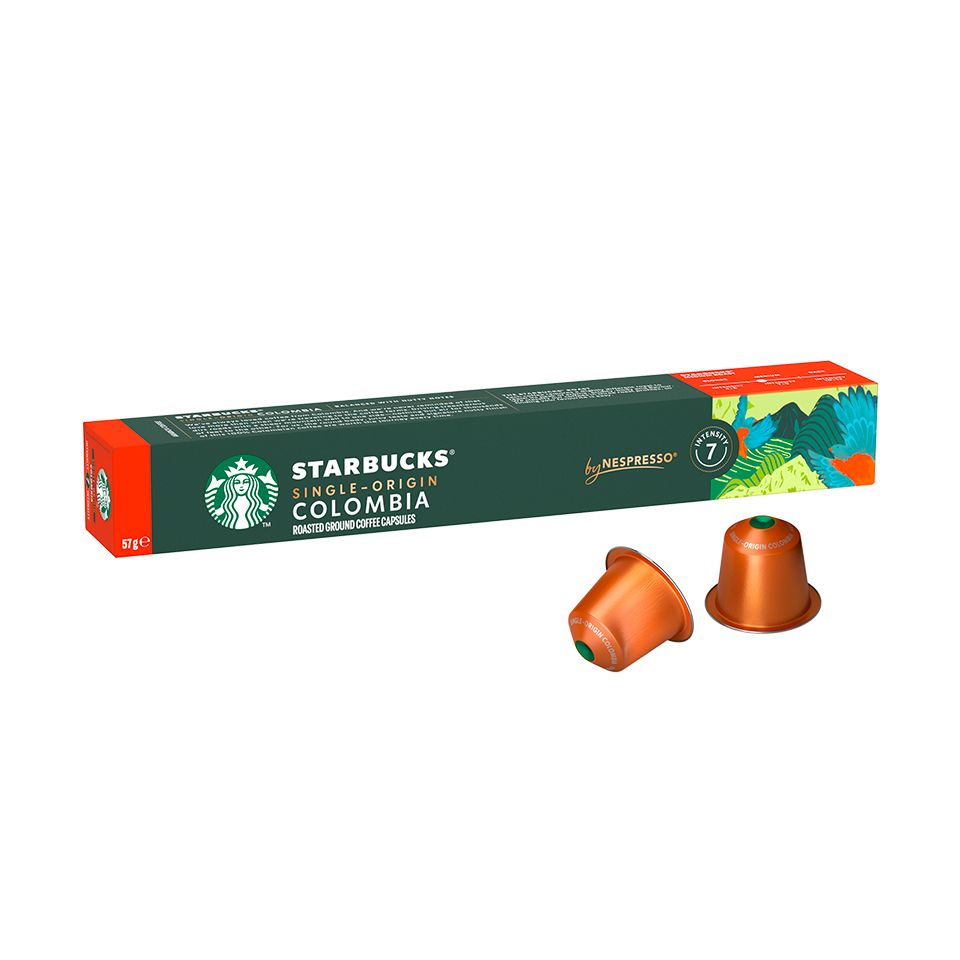Top Cafés Serving SOE Single Origin Espresso Near You
Wiki Article
Recognizing Coffee Beans: the Trip From Coffee to Blended Coffee Beans

The Beginnings of Coffee: An International Perspective
While you could think about coffee as a contemporary staple, its origins trace back centuries, linking with societies around the world. The story starts in Ethiopia, where tale says a goat herder named Kaldi found the invigorating effects of coffee beans after observing his goats romping energetically after eating them. This triggered interest, bring about coffee's spread to Arab investors that cherished the brewed beverage. By the 15th century, it got to Persia, Egypt, and Turkey, where coffee shops ended up being social hubs for conversation and culture.As trade routes broadened, coffee made its method to Europe in the 17th century, swiftly gaining popularity. It changed from a magical beverage right into a daily ritual, intellectual exchanges and inspiring gatherings. Each culture added its distinct twist to coffee preparation, enriching its background. This international trip highlights how coffee connects us, transcending borders and uniting diverse practices with a straightforward bean.
Growing and Harvesting of Espresso Beans
As coffee's trip progressed, the focus shifted to the cultivation and harvesting of particular bean varieties, specifically those utilized for espresso. You'll find that espresso beans usually originate from Arabica or Robusta plants, each offering unique flavors. The optimal growing problems include high elevations and rich, well-drained soil, which enhance the beans' top quality.Throughout the harvest, picking approaches vary. In some regions, employees hand-pick ripe cherries, making sure only the most effective fruit goes to handling. In other areas, mechanical harvesters are made use of, particularly on bigger farms. Timing is essential; you want to harvest when the cherries reach peak perfection for maximum taste.
Once collected, the beans are prepared for handling, which is vital in determining their final preference. Understanding the cultivation and harvesting procedures offers you insight into what enters into your favorite espresso, improving your admiration for each cup.
Handling Methods: From Cherry to Bean
Since you have actually discovered harvesting coffee beans, allow's discover how those cherries transform into the coffee beans you like. You'll see how different harvesting methods effect taste, adhered to by the essential steps of fermentation and drying. Lastly, we'll damage down the milling and grading process that determines your coffee's top quality.Harvesting Strategies Explained
When it comes to coffee, understanding harvesting techniques is vital, since they directly impact the taste and top quality of the beans you appreciate. There are two primary methods: careful selecting and strip selecting. Discerning selecting entails hand-picking only ripe cherries, ensuring you obtain the best quality beans. This method often leads to a richer taste profile, though it's even more labor-intensive. On the various other hand, strip choosing ways harvesting all cherries at as soon as, despite perfection. While it's quicker and less costly, this can cause a mix of flavors, affecting the final product. Inevitably, the option of harvesting strategy can significantly influence your coffee experience, so it deserves understanding how those beans made it to your mug.Fermentation and Drying
After gathering, the following action in handling coffee beans play a significant function fit their taste. You'll find that fermentation is crucial, as it aids break down the mucilage surrounding the beans, enhancing their preference account. Depending on the technique, this procedure can last from a few hours to a number of days, with differing outcomes based on temperature and humidity.Sun-drying allows the beans to absorb flavors from the environment, while mechanical drying guarantees consistent dampness levels no matter of climate. Correct drying out is crucial to stop mold and mildew and protect the beans' high quality, eventually influencing your cup of coffee.
Milling and Grading Process
As fermentation and drying set the phase for flavor development, the milling and grading process guarantees that only the very best coffee beans make it to your mug. This phase involves getting rid of the external layers of the coffee cherry, consisting of the parchment and husk. After milling, the beans are sorted by dimension and weight, ensuring an uniform high quality. You'll find that grading aids recognize flaws and categorize beans, which impacts flavor and aroma. Premium beans receive a greater grade, resulting in a richer coffee experience. As soon as rated, the beans are prepared for packaging and delivery, preserving their one-of-a-kind attributes. This careful process is crucial for supplying the exceptional preference you enjoy in every sip of your preferred brew.Toasting Methods: Opening Flavor Prospective
When you roast coffee beans, the approach you choose can considerably impact the flavor profile. Recognizing the relationship between time, temperature, and roasting strategies is key to exposing the possibility of your mixture. Allow's explore exactly how these components collaborated to create the perfect cup.Roasting Techniques Clarified
While you might assume that all coffee roasting techniques generate the very same outcomes, the truth is that each strategy discloses distinct flavor capacities in the beans. You can pick in between techniques like drum toasting, air roasting, and even traditional pan roasting. Drum roasting makes use of a turning drum to equally disperse warmth, boosting caramelization and generating Single Origin Espresso a balanced taste. Air roasting, on the various other hand, flows warm air around the beans, advertising a lighter roast with obvious acidity. Pan roasting enables hands-on control but requires constant focus to stay clear of burning. Each approach has its subtleties, so try out various techniques can help you discover the perfect roast that straightens with your preference choices. Enjoy the trip of finding your excellent cup!
Impact on Flavor Account
Different roasting methods not only affect the process however additionally considerably influence the flavor account of the coffee beans. When you pick a light roast, you'll experience intense level of acidity and flower notes, showcasing the bean's beginning. In contrast, a tool roast equilibriums acidity with sweetness, usually disclosing chocolatey undertones. Dark roasts, on the other hand, draw out vibrant, great smoky flavors, in some cases masking the bean's distinct attributes. Each strategy reveals different oils and compounds, bring about a large range of flavors. By exploring with different toasting designs, you can find which profiles reverberate with your palate. Understanding these nuances helps you appreciate the creativity behind your cup of coffee, improving your general experience with every sip.Time and Temperature Elements
To release the complete flavor potential of coffee beans, both time and temperature level throughout the roasting process play substantial functions. When roasting, you'll find that higher temperature levels can swiftly establish flavors, yet if you rush it, you might finish up with scorched notes. On the other hand, lower temperature levels enable for a more steady flavor development, showcasing the beans' one-of-a-kind attributes.
Timing is equally as vital; extending the roast also long can lead to a loss of level of acidity and brightness, while too brief a roast might leave the beans underdeveloped. Discovering that pleasant spot needs method and experimentation. By readjusting these elements, you can expose the abundant, complex tastes hidden within each bean, producing an absolutely amazing coffee experience.
The Art of Mixing: Crafting One-of-a-kind Coffee Accounts

Beginning by choosing a base coffee that gives a solid foundation. Pick complementary beans to improve particular flavor notes. A bright Ethiopian bean can bring fruitiness, while an abundant Brazilian coffee adds body. Trial and error is vital-- do not hesitate to change ratios up until you find your perfect account.
As you blend, remember that each combination informs a tale. You're not simply making coffee; you're producing an experience. Take your time, taste regularly, and delight in the trip of discovering your trademark mix - Single Origin Espresso.
Developing Methods: Exactly How Prep Work Affects Taste
Mixing coffee opens up a domain name of flavor opportunities, but exactly how you make that blend can substantially influence your final mug. Different brewing techniques remove unique tastes and aromas, so it's crucial to choose sensibly. A French press permits oils and debris to remain, creating a rich, full-bodied experience. On the other hand, a pour-over highlights the coffee's clearness and brightness, ideal for showcasing delicate notes.Espresso, with its high pressure, produces a concentrated shot that highlights sweet taste and crema. If you favor a lighter mixture, take into consideration a cool mixture approach; it produces a smooth, less acidic preference.
Ultimately, experimentation is crucial. Readjusting variables like water temperature, grind size, and brew time can change your coffee's account. Accept the art of brewing to uncover the tastes hidden in your coffee blends. The right method can raise your experience to new elevations.
The Future of Coffee: Sustainability and Technology
As the coffee market evolves, sustainability and development are coming to be vital for dealing with environmental obstacles and meeting consumer demands. You'll observe that even more coffee companies are taking on green techniques, from sourcing beans fairly to implementing lasting farming techniques. These changes not only assist the earth however also improve the top quality of the coffee you take pleasure in.You might see technologies like eco-friendly packaging and water-saving developing methods that minimize waste. Advanced innovation, such as blockchain, is additionally becoming popular, ensuring transparency in the supply chain, which allows you to map your coffee back to its origins.
In enhancement, investing in regional neighborhoods and sustaining farmers through fair profession efforts cultivates an extra sustainable coffee ecological community. As you sip your next mug, keep in mind that your selections can add to a brighter future for coffee. By choosing sustainable brand names, you're not simply appreciating a beverage; you're making a positive effect on the globe.
Frequently Asked Concerns
What Is the Distinction In Between Arabica and Robusta Beans?
Arabica beans are smoother, sweeter, and have a higher acidity, while robusta beans are more powerful, extra bitter, and have more caffeine. When making your coffee., you'll discover these differences in taste and scent.Exactly How Does Altitude Affect Coffee Bean Taste?
Elevation impacts coffee bean taste considerably. Greater elevations produce beans with brighter level of acidity and complicated flavors, while reduced altitudes commonly generate beans that are heavier and much less nuanced. You'll observe these differences in your mug!What Are the Wellness Advantages of Alcohol Consumption Coffee?
Consuming coffee can increase your power, enhance mental focus, and also improve physical efficiency. It's rich in anti-oxidants, may decrease the threat of particular diseases, and can advertise a much healthier metabolic rate when consumed in small amounts.Can Coffee Beans Be Reused for Brewing?
Yes, you can recycle coffee beans for brewing, however the taste may be weaker. If you take pleasure in exploring, attempt reusing them in various ways, like chilly mixtures or adding to healthy smoothies for an extra kick.Just how Should I Store Coffee Beans for Freshness?
To maintain your coffee beans fresh, save them in an airtight container in a trendy, dark place. Prevent revealing them to light, warm, or dampness, as these variables can swiftly degrade their flavor and scent.Recognizing Coffee Beans: the Trip From Coffee to Blended Coffee Beans.
Currently that you have actually found out regarding collecting espresso beans, allow's check out just how those cherries transform into the coffee beans you love.When you roast coffee beans, the method you choose can dramatically impact the flavor profile - Single Origin Espresso.While you might think that all coffee roasting methods yield the same outcomes, the fact is that each strategy discloses unique flavor potentials in the beans.Various roasting methods not only affect the procedure yet likewise greatly affect the flavor profile of the coffee beans
Report this wiki page